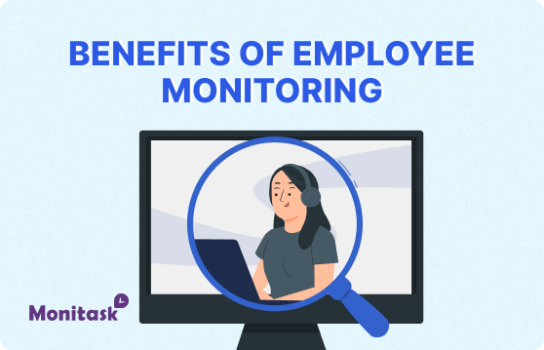

The strain on people’s resilience is beginning to show as we are nearing ten months into the pandemic. It’s been difficult to stay motivated when each day brings depressing news, on top of the everyday challenges due to working remotely.
Managers should learn to recognize these challenges early on, so they can act upon them accordingly and immediately. These challenges in remote working tend to be different from those encountered inside a corporate office. Dmitry Yakimchuk previously shared a survey showing distraction as one of the biggest struggles when working remotely. Without a supervisor peering over the shoulder every now and then, or a co-worker to quickly exchange ideas with, it becomes easier to get distracted.
Working remotely is also prone to miscommunication since messages can be wrongly interpreted when workers aren’t physically together in one location during work hours. This can also lead to delayed feedback when running into work concerns, which are usually much faster to handle when you’re physically sitting near the persons involved.
Tracking work and productivity is also tough for managers without seeing in person how their teams get their work done. The absence of body language cues can also lead to failure in noticing and dealing with conflicts that may arise.
The longer these struggles aren’t dealt with correctly, the less motivated and resilient your remote team members tend to become. One key step everyone must take, according to resilience coach L. Barbour, is to understand how exactly you — and your team members — react to all the stress. Barbour said that there are three common ways people cope: fight, flight, and freeze. fight is reacting with self-criticism or blame; flight is withdrawing or isolating yourself from an unfavorable situation; and freeze is dwelling on distressing thoughts. By recognizing these reflexive tendencies, you can counter them better and prepare a healthy strategy that enables your team to combat stress and foster resilience. An effective strategy involves four key areas to rely on when things get tough:
Create Clarity
When everyone understands the ‘why,’ ‘how,’ and ‘when’ behind the team’s goals, there is clarity. In order to achieve this, managers should ensure they are ready with strategic guidance and setting priorities. Vision and purpose must be shared so everyone knows why they’re doing what they’re doing. Managers should also orient the team on how things should be done and when they must be achieved, focusing on what matters most. In addition, establishing smaller groups with clear responsibilities is a good way to encourage the practice of accountability.
Provide Support
Camaraderie is not enough. There must be tools and processes, which not only proactively increases transparency, but also helps team members sustain productivity and achieve goals. Employee monitoring tools like Monitask are necessary because they track the work and productivity of your team. This way you can get ahead of a dip in performance before it adversely affects them and the company. By knowing when the dip happened it is much easier to find out why and provide them with the encouragement they need. This level of support will show that you are more than just a results driven company.
Encourage Experimentation
Promote a solution-focused mindset and teach your team to always prepare for the worst. Leslie Jaynes wrote on LinkedIn the key questions you should ask your team are, “what are your thoughts on the issue?,” “how can you, as someone involved in the process, help to resolve the issue?,” and “what part do you play in the problem?” Asking these questions can encourage your team to engage in the problem more deeply and promote the attitude of solution-based thinking. As a leader, you don’t have to come up with solutions alone. Encourage your team to think innovatively of ways to solve a problem together. Not only does this solve problems faster, but it can also serve as a foundation for good leadership for your team members.
Build Collective Ownership
It’s better for teams to own its achievements as a group, rather than relying on the efforts of a single individual. Encouraging participation from the entire team in virtual meetings is a great way to build collective ownership remotely. You can set clear expectations, ask them for suggestions on how they’d like to contribute, welcome their own assessments, and promote active collaborations. This way, your team feels the true meaning of teamwork and interdependence, and everyone gets credit for the team’s achievements.
Article contributed by Regina James
Solely for Monitask


